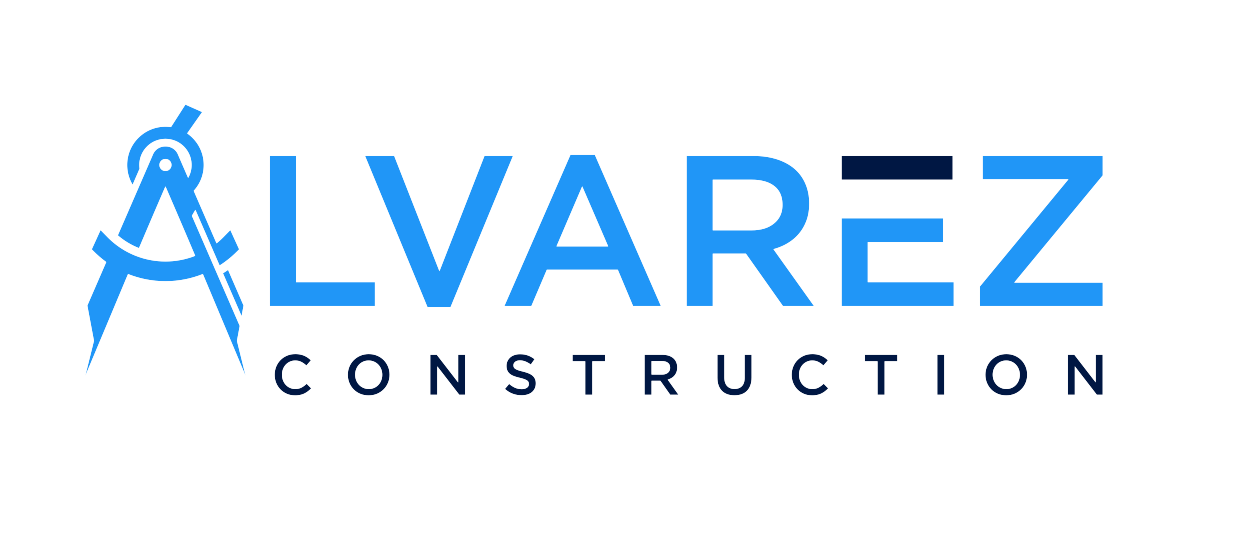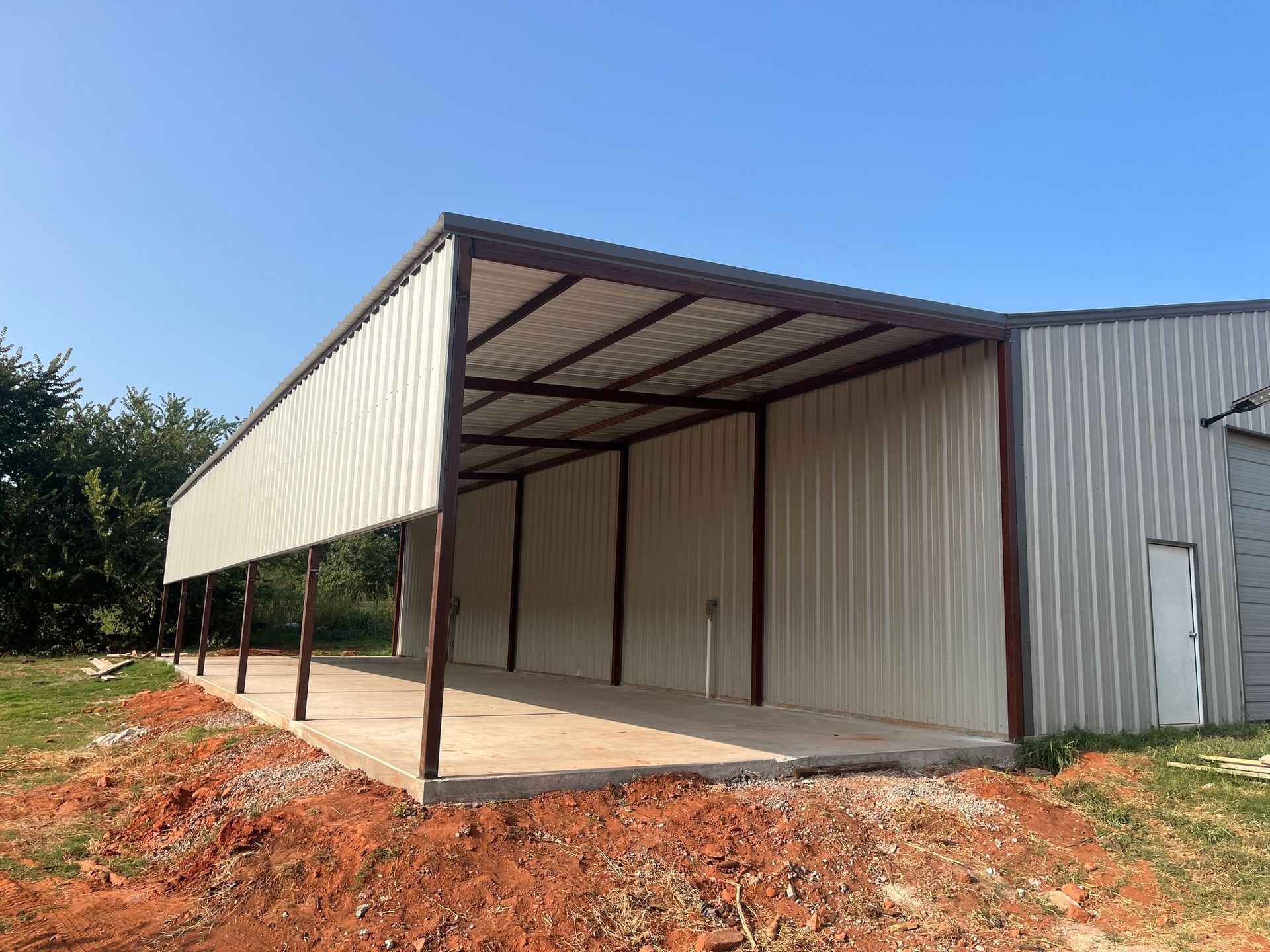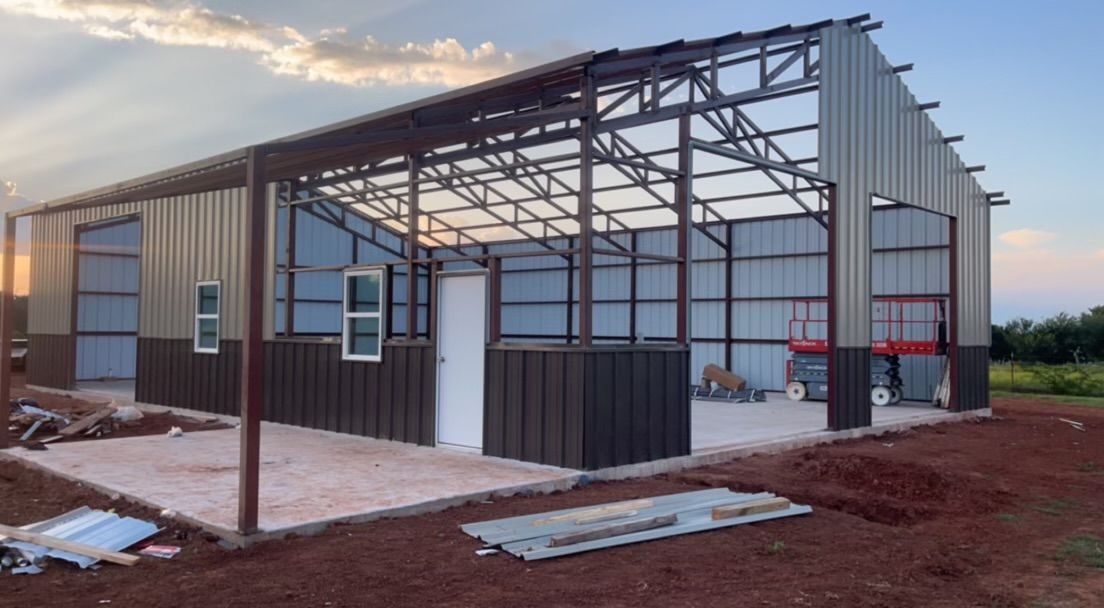Unlocking Versatility: Explore the Benefits of Lean-To Additions
A lean-to on a metal building offers versatile space utilization, serving multiple purposes such as:
- Storage: Ideal for storing equipment, tools, or vehicles, providing protection from the elements.
- Workspace: Creates an additional area for outdoor work or projects, such as woodworking, crafting, or mechanical repairs.
- Livestock Shelter: Offers a covered space for livestock, providing shelter from sun, rain, and wind.
- Outdoor Living: Can be transformed into a covered patio or seating area, extending the usable living space of the property.
- Utility Space: Accommodates utilities such as generators, HVAC units, or water pumps, keeping them protected and accessible.
Overall, a lean-to enhances the functionality of a metal building by providing extra space for storage, work, shelter, or leisure activities.
Why Choose Alvarez?
Roof is one of the most experienced and respected building & construction firms for over a century. Roof have been transforming the ideas and visions of our clients into award-winning projects.
- Financial Responsibility to Our Clients
- Superior Quality and Craftsmanship
- Quality and Value to the Projects We Deliver
- Highest Standards in Cost Control
- On Time and on Budget
- Real Focus on Customer Satisfaction
Popular Questions
-
Weld up or Bolt up?
Bolt-up metal buildings are constructed using pre-fabricated steel components that are bolted together on-site. This method typically involves less skilled labor and can be quicker to assemble compared to welding.
Weld-up metal buildings, on the other hand, are constructed by welding steel components together on-site. This method may offer greater structural integrity and customization options, but it requires more skilled labor and may take longer to complete.
-
Color options
Call us for pricing options
-
Common lean-to sizes
Determine the purpose and space requirements.
Anticipate future needs and budget constraints.
Check local regulations and site considerations.
Consult with professionals if needed.
Explore design options and customize as necessary.
Sketch or plan the layout.
Review and adjust to ensure alignment with requirements, budget, and regulations.




